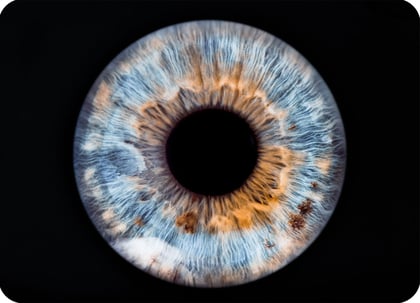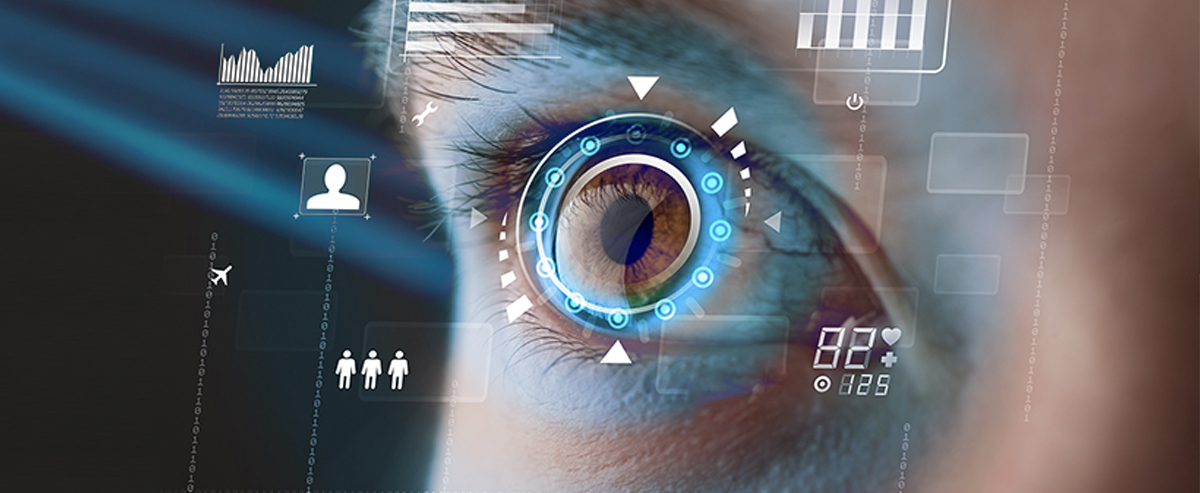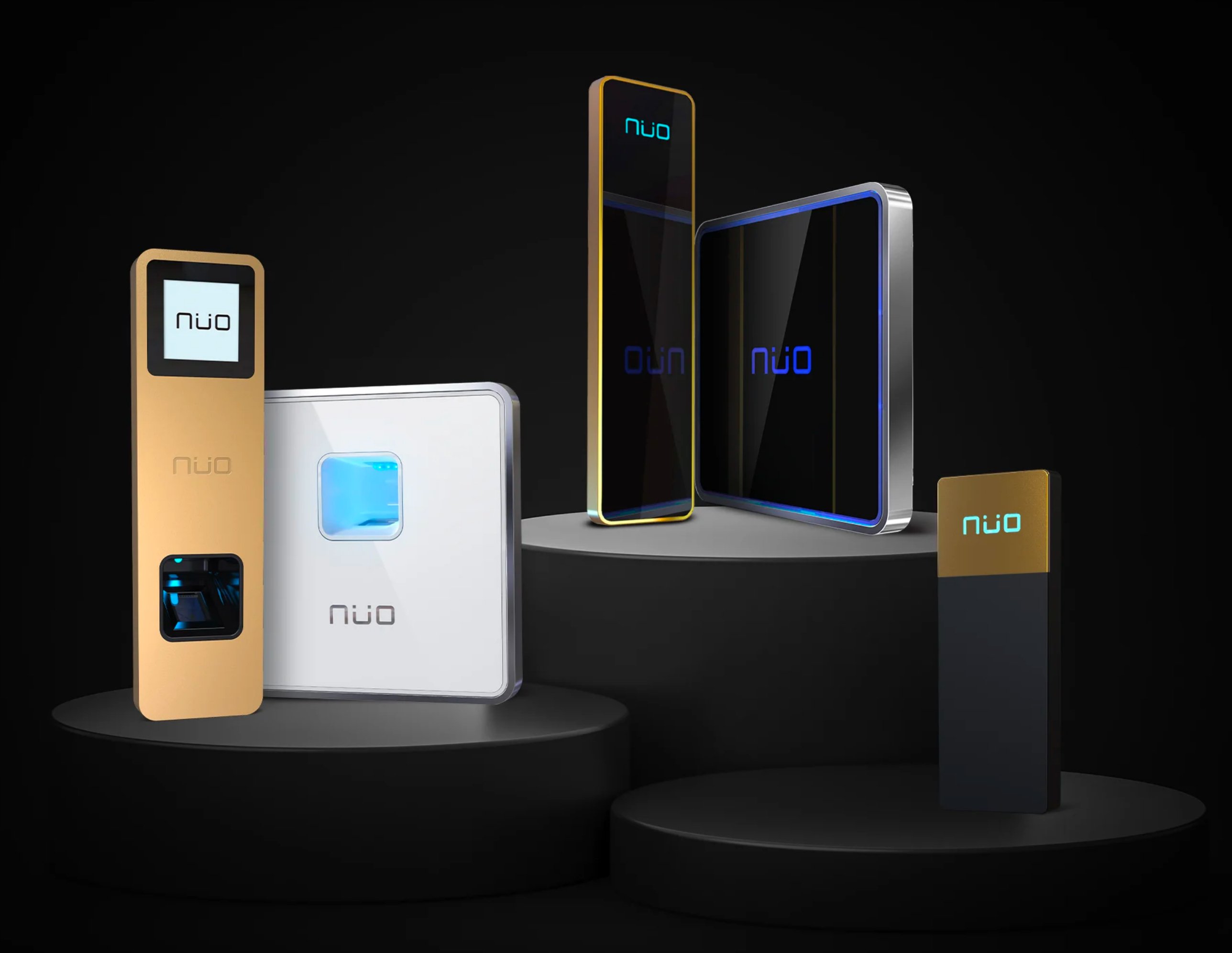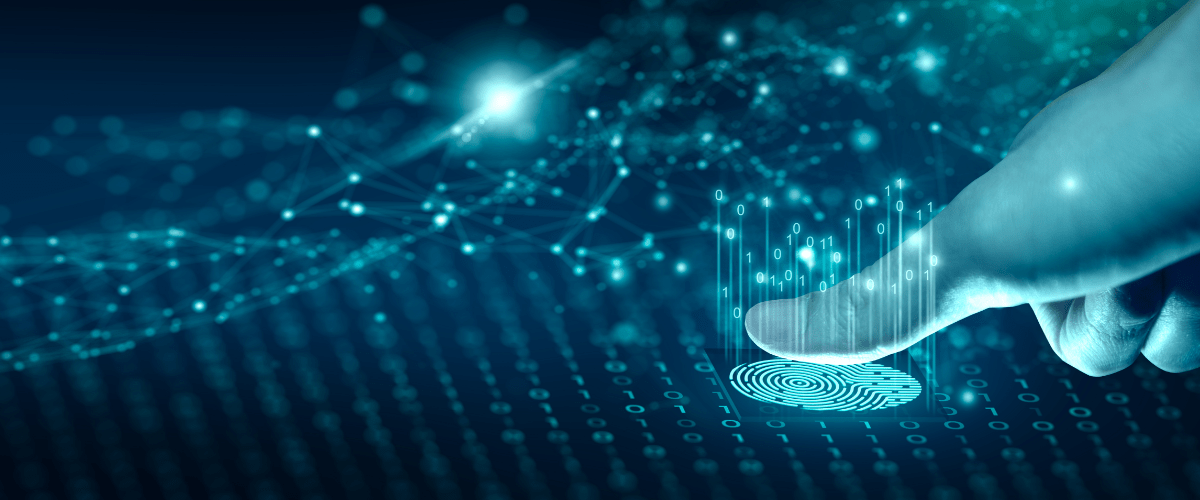Iris recognition and retina scanning. Are they the same?
Many of us believed that biometrics only consisted in fingerprint reading, but the reality is that encompasses a lot of recognition methods of people based on physiological or behavioral characteristics.
In security, the recognition of iris and retinal scanning are biometric technologies of "eye" identification, based on the unique physiological characteristics of the eye to identify an individual. Although both use some part of the eye for identification, these biometric methods are very different in performance.
Retina scanning
What is the retina?
It is the layer sensitive to light that is on the inner back of the eye and acts like the film in a camera, reflecting the image we're seeing. The retina is a structure of blood vessels so complicated that even identical twins do not share a similar pattern, the retina of each person is unique. Although the retina patterns can be altered in diabetes, glaucoma or degenerative disorders of the retina, the retina remains unchanged from birth to death.
How do retina scanners work?
The retinal scan is performed by directing a beam of invisible low energy infrared light to the eye of the person when he/she looks through the eyepiece of the scanner, as one looks through a microscope. That ray of light draws a standardized route on the retina. As the blood vessels of the retina absorb more light than the rest of the eye, the amount of reflected light varies during scanning. The resulting pattern of variations is converted to a computer code and stored in a database.

Iris scanning
What is the iris?
The color of the iris determines the color of the eye (blue, green, brown,etc.). The iris is a thin circular eye structure, which controls the diameter and size of the pupil and regulates the amount of light entering.
How do iris scanners work?
We get iris information through a high-resolution camera with a subtle infrared lighting that captures images of the structure of the iris.
The images are converted into digital templates and stored in a database in the reader. These biometric templates provide a mathematical representation of the iris, which coincide with a positive and unequivocal identification of a person.
- Low rates of false acceptances and false rejections.
- High reliability, two people cannot have the same pattern of iris or retina.
- Quick verification of biometric data.
- High protection against spoofing attacks.
Pros and cons of Iris and Retina scan
- The measuring accuracy of the retina scan can be affected by illness. However, through a retinal scanner, certain diseases such as AIDS and malaria can be detected.
- The texture of the iris remains incredibly stable, it usually remains unchanged throughout its life, except in extreme cases of eye injury.
- Retina scanning requires being very close to an eye piece, as is done by looking through a microscope. Also, an infrared light is shot in the eye, so it is quite invasive and annoying to carry it out on a regular basis.
- The iris scan, for the most part, is considered the best of the two methods as it can be done from a greater distance,and, therefore, it is less intrusive. The iris capture is a typical photographic process.
Both technologies are extremely reliable and with a high level of security, but the difference is in the details and in making the user have an experience of fast and convenient usability.
Iris recognition is the most widespread and used of the two, being the least intrusive. Many government organizations and corporate buildings already use iris scanning as a means of restricting access to certain areas of high security.
 Iris
Iris
Security in airports, research laboratories, courts, customs and data centers is particularly sensitive, so you need to have last generation access control as NÜO Iris.
Maximun Security
Iris recognition is the most reliable and secure biometric technology after DNA.
Speed
Quick Capture of the iris for enrollment and higher recognition.
Integration
Fully integrated into the [enlace pagina="Home"]NÜO platform[/enlace], it also offers Wiegand and TCP/IP interfaces.
Escrito por: NÜO Planet
Categorías: Biometrics, Technology









